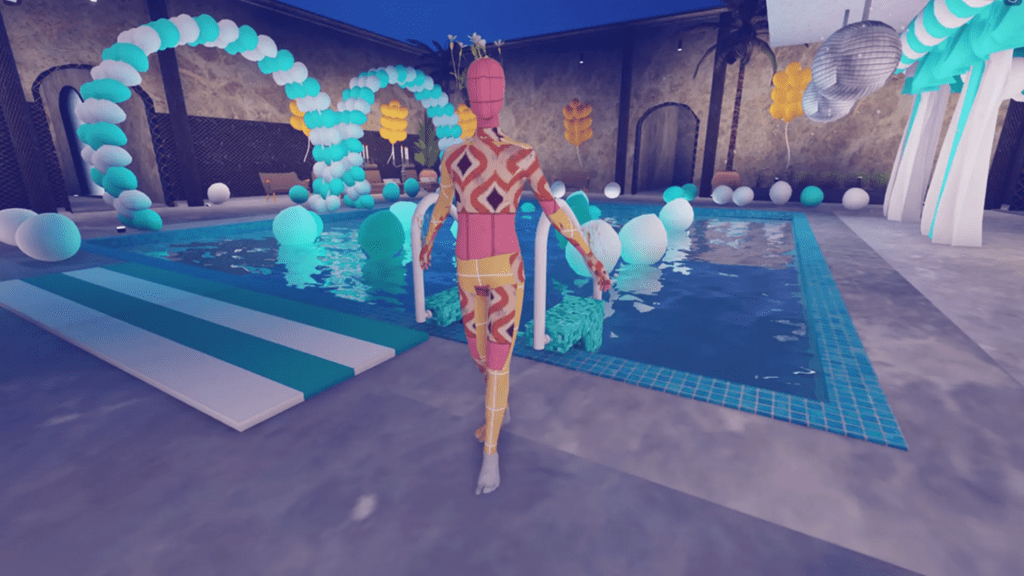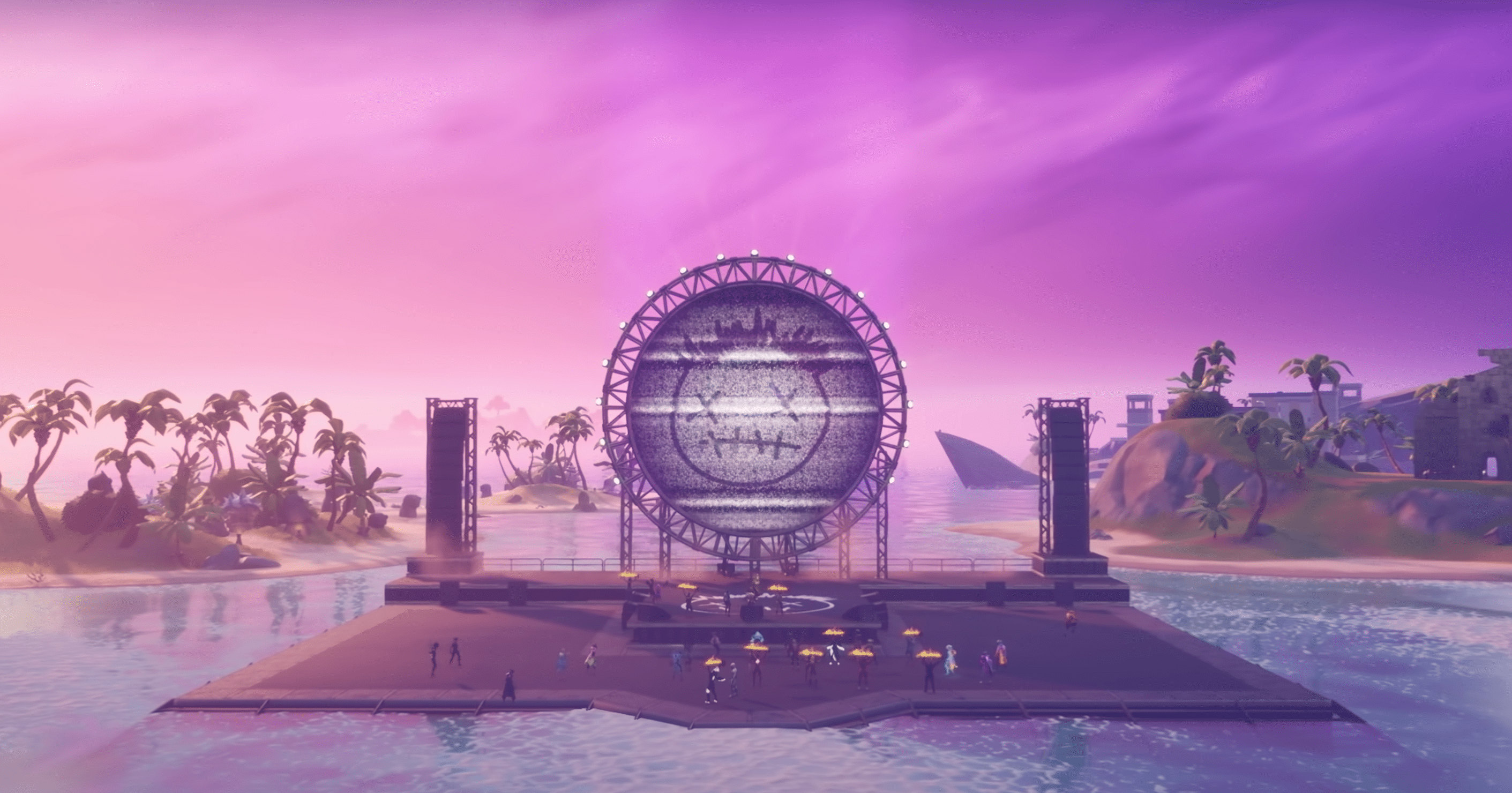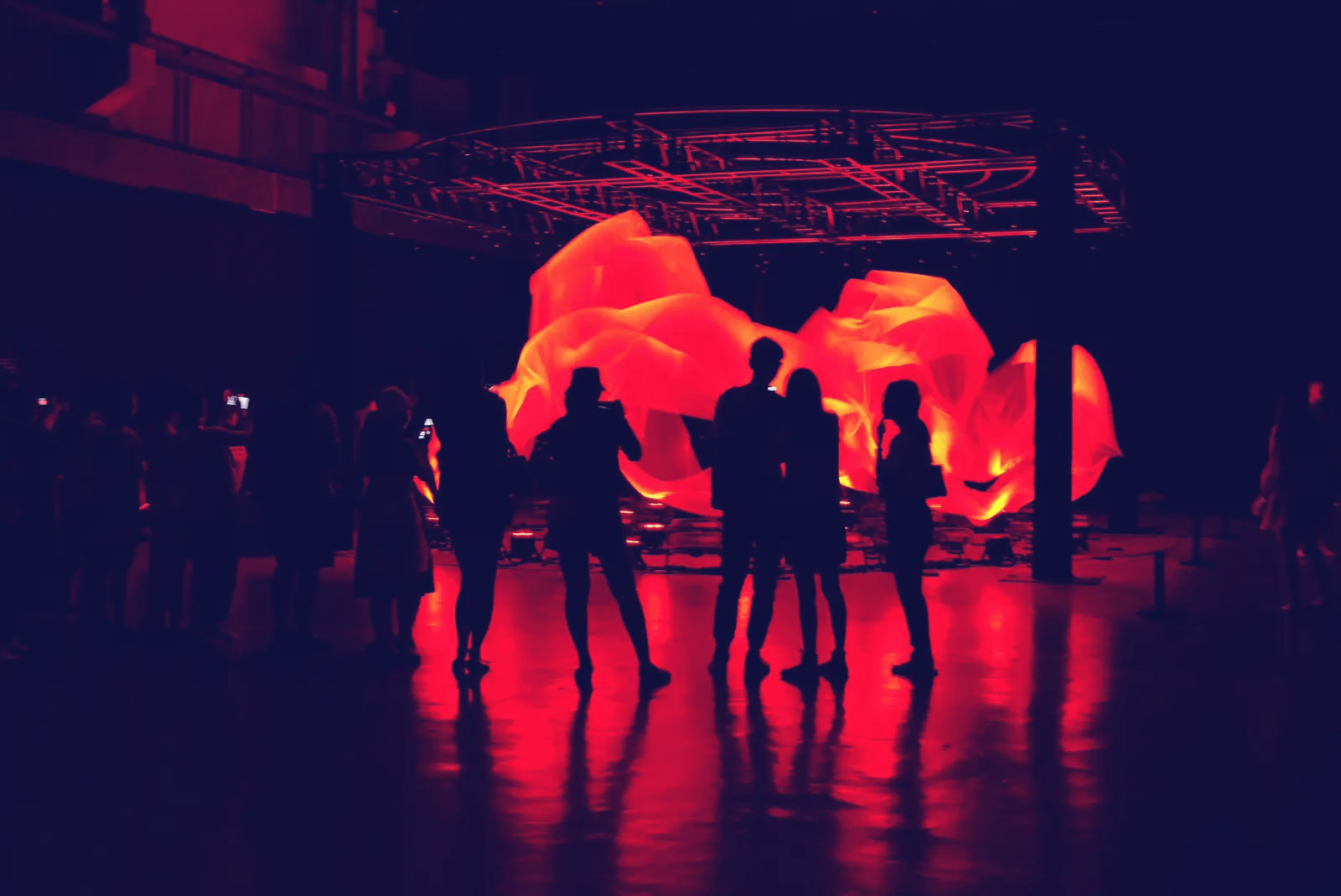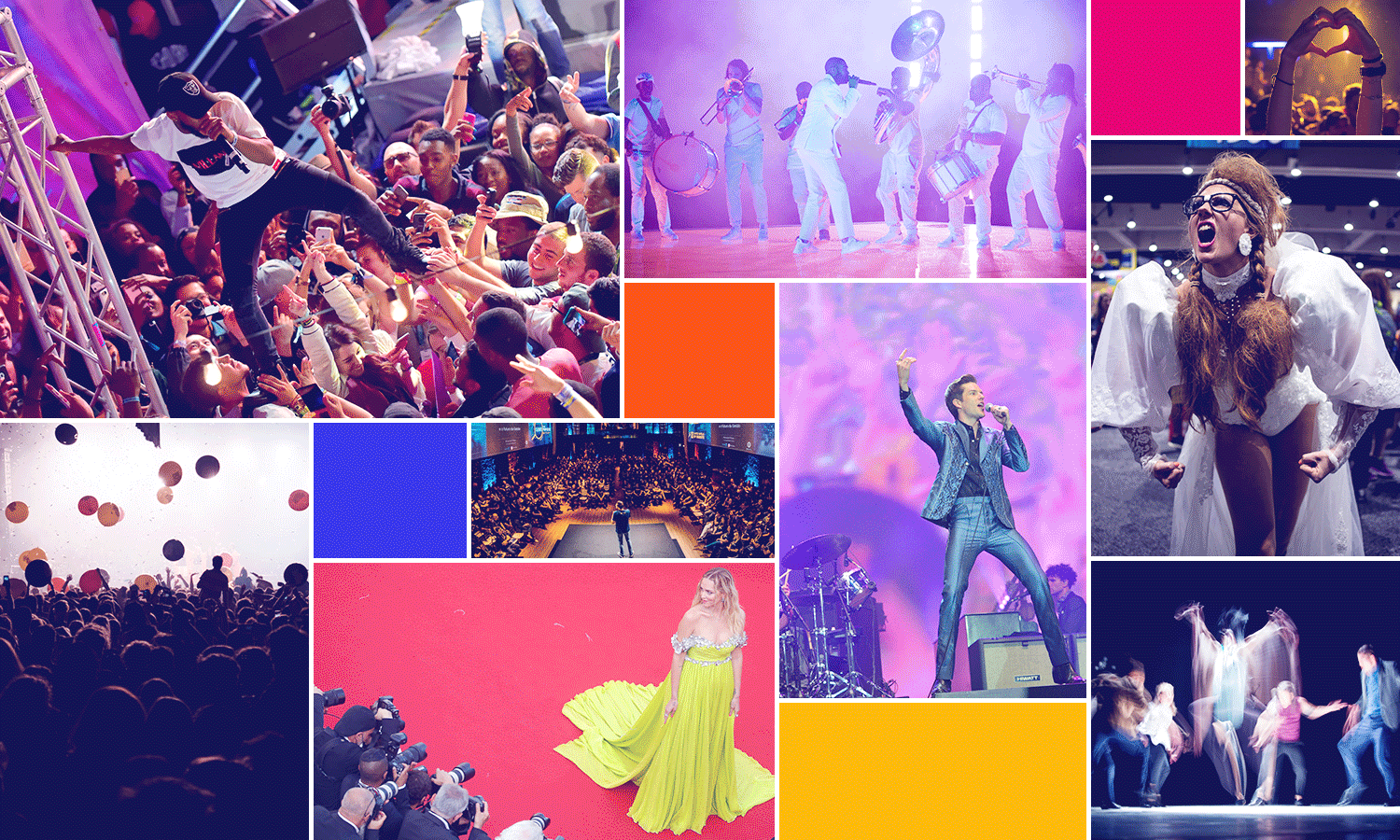Here’s what you need to know about the metaverse

Add “removing the limitations of physics” to Facebook’s, cough, ambitious plans for the future. No, the social media behemoth does not plan to upend the work of Isaac Newton et al, but it is plotting a major entry into the metaverse, as you may have heard last week.
Mark Zuckerberg just announced that over the next few years, he believes “people will transition from seeing us primarily as a social media company to seeing us as a metaverse company.” To that end, Facebook launched a brand new product team explicitly tasked with building out a fully immersive experience. The team lead, Andrew Bozman, said that Facebook plans to do away with physics (pssht, who needs that) so that people can connect wherever they want whenever they want.
Sounds pretty good, right? Well, sure, if you know what the metaverse is. Chances are, you already have a vague sense of what’s meant by the “metaverse” thanks to the ubiquity of Minecraft and Fortnite, two uber-popular multiplayer video games based in virtual worlds that either your kids or someone you know’s kids definitely play.
The metaverse is often described as the next version of the internet. It’s an immersive place for us to virtually work, play, shop, compete, socialize — the (virtual) sky’s the limit. Zuck prognosticated that, “Creating avatars and digital objects are going to be central to how we express ourselves.”
Brands are increasingly realizing that these are the spaces they have to operate in if they want to create meaningful, relevant experiences.
So, before all of our avatars get left in the virtual dust, here’s a more in-depth look at the move towards the “metaverse” through our XP lens…
The Origin Story
For those of you who like a side helping of backstory, the most recognizable version of the metaverse was first popularized by the novel and movie Ready Player One. The story is set in a future where IRL society has all but fallen apart and everyone spends their lives inside a VR universe called the OASIS. This metaverse is total immersive XP — it has its own currency, jobs, school and everything else that makes up a “real” world.
To quote RP1, “People come to the [metaverse] for all the things they can do, but they stay because of all the things they can be.” Whoa, deep, right? It really is, though — people (yes, largely the younger ones, but that’s changing) are finding real freedom in these metaverses. And, brands are increasingly realizing that these are the spaces they have to operate in if they want to create meaningful, relevant experiences. The metaverse is a living, breathing place where many find digital identities as meaningful as IRL identities.
“People come to the [metaverse] for all the things they can do, but they stay because of all the things they can be.”
Ready Player One
Where Is the Metaverse?
We’re still in the early-stage of metaverses, and right now, they exist primarily in the gaming world. Fortnite made headlines last year with their virtual concert XP and is doubling down on those efforts (more on that below). Meanwhile, Epic Games, the maker of Fortnite, is currently waiting for a verdict in their legal battle with Apple over who can facilitate purchases of their virtual currency. And this is no small issue — Fortnite is bringing in billions of real dollars from virtual currency transactions every year.
Minecraft users have taken advantage of the “sandbox” environment to create functional works of architectural art, like The Uncensored Library. The library is more than just something beautiful to look at — the books inside give Minecraft players in countries with censored media access to journalism and other content that has been banned on the internet.
Roblox is another multiplayer game with its own metaverse. The company had a splashy IPO earlier this year and has partnered with musicians as well as commercial brands to bring unique XP to their platform via the metaverse (again, more on that below).
Why is gaming dominating the early-metaverse world? Futurist Matthew Ball believes that “because [games] were designed to be fun, not metaverses, they’ve also attracted and retained a larger number of users and greater user spending. More explicit efforts to build a metaverse platform have either failed or hit comparatively low ceilings.”
The Metaverse in XP Action
Still don’t quite get it? Here are some examples of how entertainers, brands and whole industries have successfully leveraged the metaverse so far this year.
Ariana Grande’s Rift Tour on Fortnite
Travis Scott’s avatar took to the virtual stage in Fortnite to perform in front of a massive online audience back in April 2020. More than 10 million players showed up to participate in the first noteworthy metaverse-based concert. The success of the Travis Scott show ushered in a new era for innovative music XP, and the next big Fortnite party is happening this weekend: Ariana Grande’s “Rift Tour.”
Roblox’s Gucci Garden
Gucci partnered with Roblox in June to launch the Gucci Garden, an interactive metaverse-based experience for players that feels “distinctly Gucci” and complements the in-game swag they’ve created. “In the last six years, [Creative Director Alessandro Michele] has created a Gucci Metaverse but it’s not necessarily a digital manifestation, it’s a narrative,” said Gucci CMO Robert Triefus.
LV, Burberry and Balenciaga Enter the Room
Every fashion house from Louis Vuitton to Burberry is creating stylish avatar swag and, in doing so, they’re reaching a market that might have otherwise not shown interest in their gear. They’re also creating a whole new revenue stream for the industry. Balenciaga, meanwhile, went as far as designing their fall fashion show as a video game called Afterworld: The Age of Tomorrow. They know that meteverse fashion will only amplify the hype around the IRL goods.
Sotheby’s first virtual show
Sotheby’s auction house is fully embracing the virtual art world, where NFTs (non-fungible tokens) reign supreme. (NFTs, BTW, allow for distinct ownership of digital creations — here’s a primer.) The august auction house recently acquired a small plot of digital land in Decentraland, a crypto-driven 3D virtual world. On the land, which was located in the platform’s arts district (!), Sotheby’s constructed a replica of its London galleries for their first virtual show, exclusively featuring NFTs.
Pretty heady — but cool — stuff, and the XP applications really do seem endless. Stay tuned as we report more from the metaverse trenches…
Join us in XP Land. A community for experiential creatives and experience-makers, brand leaders and IP-owners, space stewards and venue visionaries — all of those in the business of epic gatherings and live, immersive storytelling.



